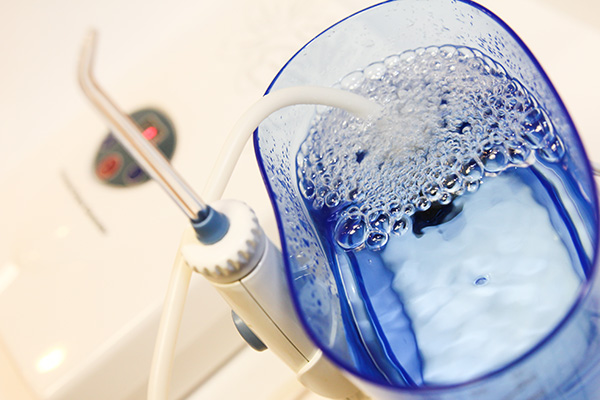Tooth Cavity Gum Line

The intersection of the tooth cavity and gum line is a critical area in dental health, often necessitating meticulous care to prevent and manage various oral conditions. The gum line, where the teeth and gums meet, is a common site for plaque buildup, which can lead to gingivitis and, if left untreated, periodontitis. Tooth cavities, also known as caries, are bacterial infections that cause demineralization of tooth enamel, leading to damage and potentially painful holes in the teeth. When these two issues converge at the gum line, the challenges of maintaining oral hygiene and preventing further complications are significantly increased.
Understanding Tooth Cavities
Tooth cavities are a result of bacterial activity on the tooth surface. Bacteria in the mouth break down food, especially sugars and starches, into acids. These acids then dissolve the minerals in the tooth enamel, creating cavities. The process can be slowed or reversed in its early stages through fluoride treatment and good oral hygiene practices. However, once a cavity forms, it requires a filling to restore the tooth. The location of the cavity, especially when it is near the gum line, can pose additional challenges due to the proximity of the gum tissue and the potential for irritation or infection.
Gum Line and Periodontal Health
The gum line is the area where the gums meet the teeth, and its health is crucial for overall oral well-being. Gingivitis, an early stage of gum disease, is characterized by inflammation of the gums due to plaque buildup. If not treated, it can lead to periodontitis, a more serious infection that damages the soft tissue and, without intervention, can destroy the bone that supports your teeth. Periodontitis can lead to teeth loosening and eventual tooth loss. The proximity of tooth cavities to the gum line can exacerbate these conditions by creating additional surfaces for bacteria to adhere to and proliferate, thereby complicating the treatment and management of periodontal diseases.
Detection and Prevention
Early detection of both tooth cavities and gum line issues is key to effective management and prevention of further complications. Regular dental check-ups can identify cavities and signs of gum disease in their initial stages. A dentist can diagnose a cavity near the gum line through visual examination, X-rays, and tactile inspection during a dental cleaning. Similarly, signs of gum disease such as red, swollen, or bleeding gums during brushing or flossing, bad breath, and loose teeth can be identified during routine dental exams.
Prevention strategies include maintaining good oral hygiene practices such as brushing teeth at least twice a day with fluoride toothpaste, flossing once a day to remove food particles from between the teeth and under the gum line, and regular dental cleanings. The use of an antibacterial mouthwash can also help reduce bacteria and plaque. Dietary adjustments, such as limiting sugary and acidic foods and drinks, can also play a significant role in preventing tooth cavities and promoting gum health.
Treatment Options
The treatment of tooth cavities near the gum line and gum line issues themselves depends on the severity of the condition. For cavities, fillings are the most common treatment, where the decayed portion of the tooth is removed, and the cavity is filled with a material such as amalgam, composite resin, or gold. In cases where the cavity is very close to the pulp, a root canal may be necessary if the pulp becomes infected.
For gum line issues, treatment ranges from professional dental cleaning to remove plaque and tartar, to more invasive procedures like scaling and root planing for periodontitis. In severe cases of periodontitis, surgical interventions may be required to repair damaged gums and bone.
Advanced Treatments and Technologies
Recent advancements in dental technology have introduced new methods for dealing with tooth cavities and gum line problems. For instance, laser dentistry can be used to remove decay and prepare teeth for fillings, offering a more precise and less invasive alternative to traditional drilling methods. Additionally, nanotechnology and bioactive materials are being explored for their potential in preventing tooth decay and promoting enamel remineralization.
In the realm of gum line treatments, advancements in periodontal therapy include the use of growth factors to stimulate tissue regeneration and the application of laser therapy to decontaminate periodontal pockets and promote healing. These technologies aim to improve the efficacy and comfort of treatments, offering new hope for patients dealing with complex dental issues.
Conclusion
The intersection of tooth cavities and gum line health presents a complex set of challenges that require diligent care and professional attention. Through a combination of good oral hygiene practices, regular dental check-ups, and when necessary, advanced treatments, individuals can effectively manage and prevent these issues, maintaining a healthy smile and ensuring the long-term integrity of their teeth and gums. As research and technology continue to evolve, the future of dental care promises even more effective and less invasive solutions for addressing these critical oral health concerns.
What causes tooth cavities near the gum line?
+Tooth cavities near the gum line are caused by bacterial activity that leads to the demineralization of tooth enamel. Factors such as poor oral hygiene, diet high in sugars and acids, and genetics can increase the risk.
How are gum line issues and tooth cavities treated?
+Treatment depends on the severity of the condition. For cavities, fillings are common, while gum line issues may require professional cleaning, scaling, and root planing, or in severe cases, surgical intervention.
Can tooth cavities near the gum line be prevented?
+Yes, prevention strategies include maintaining good oral hygiene practices such as regular brushing and flossing, limiting sugary and acidic foods, and attending regular dental check-ups.

